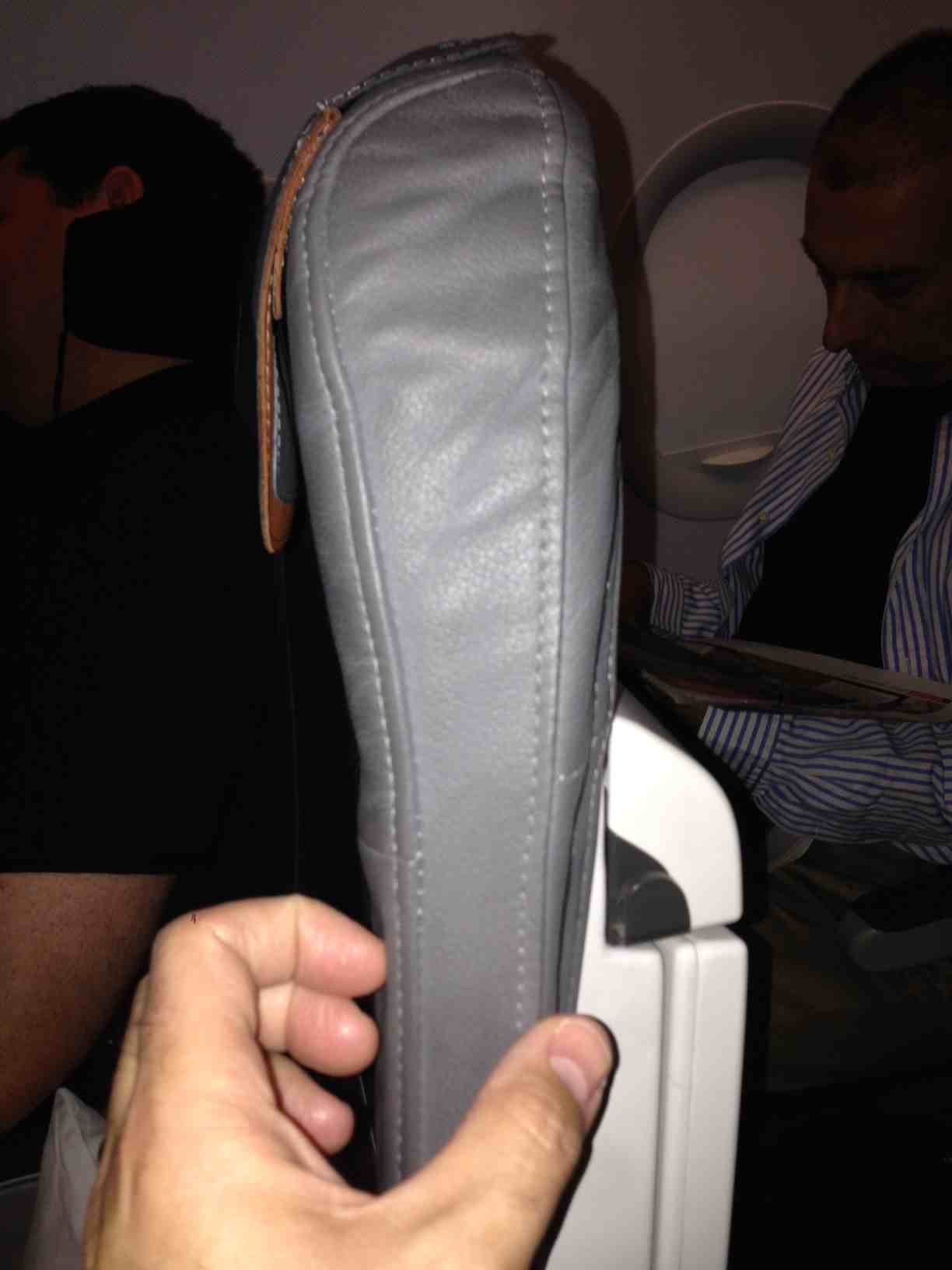Airplane Thins
Every business tries very hard to find ways to serve the same number of customers at the same level of quality for the same (or lower) cost. After all, if I can sell you a book for $10, and my marginal cost is $6, or I can find a way to sell you the exact same book with the exact same shipping policies and the exact same experience for $5, well, my profit just went up.
About a year ago I saw that airlines have been researching new seat materials to make seats that have the same comfort (yes, airline seats can be comfortable) but are 50% or more thinner. A few inches of savings may seem like very little, but it can add up.
If every seat is 30" from seat back to seat back, then 1200" or 100 feet of airplane has 40 rows of passengers. Now assume that the thickness of the seat back is 3". If I can give you the same comfort level, using modern materials, with seats that are just 1" thick, I have saved 2" of thickness. I can move the seats closer by those same 2" without affecting how much space you have. That 100 foot / 1200" long airplane can now accommodate 43 rows of passengers. In a simple single-aisle 3x3 airplane like an A319/320/321, the airline can get in another 18 passengers; in a wide-body 3x3x3 jet like an A340 or B-777, it is 27 passengers. That is a lot of extra money for the airline.
Even more importantly, it is very profitable money. Sure, they still have the marginal cost of selling the ticket, cleaning the seats, handling the luggage and doing check-in, although these are minimal, since they will not add an extra gate agent or baggage handler for a few more people. But since the fixed costs of operating the airplane itself have not changed, the contribution margin from those extra 18 or 27 seats goes straight to the bottom line. This is why airlines focus so much on getting a few more passengers into the plane.
Earlier this week, I flew a Lufthansa A319 that had exactly that configuration. A picture of the seat is below:
With my fingers providing a reference point, you can see how thin the seat is, shrunk from about 3" to about 1". From my perspective, it was as comfortable as any other airline seat.
I love to beat up on airlines. This is one case, though, where intelligent use of new technology - not information technology but materials - leads to a win for everyone.
